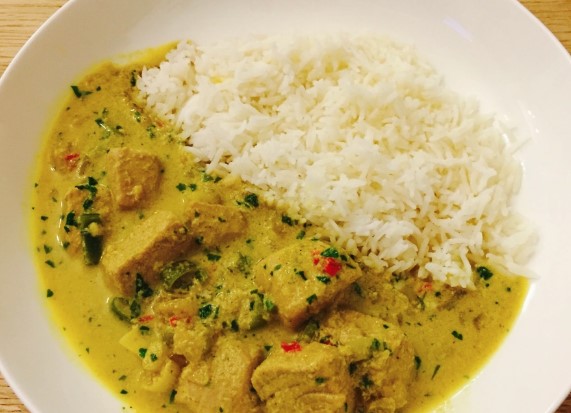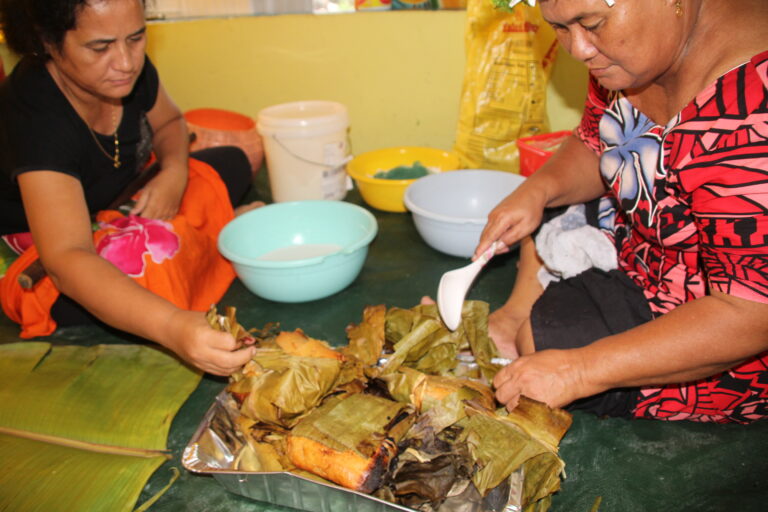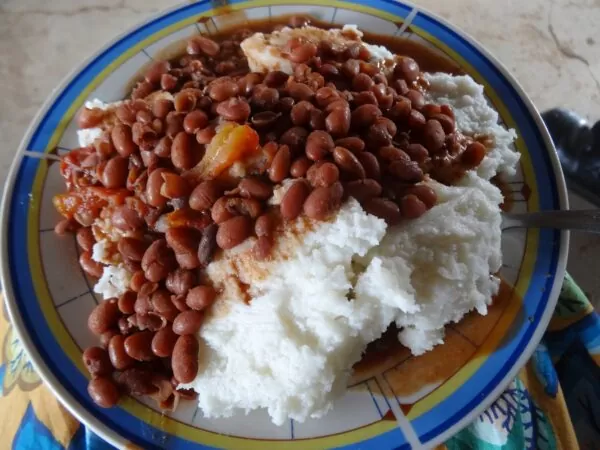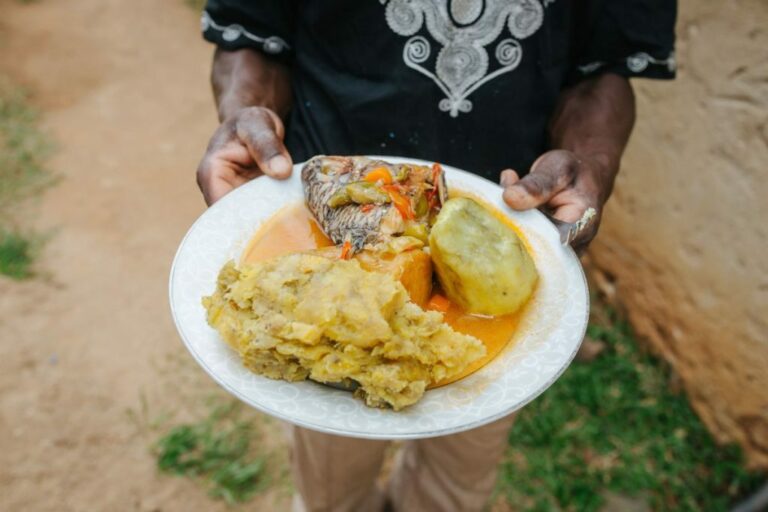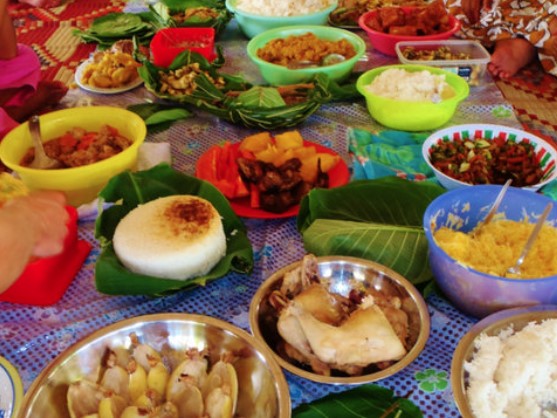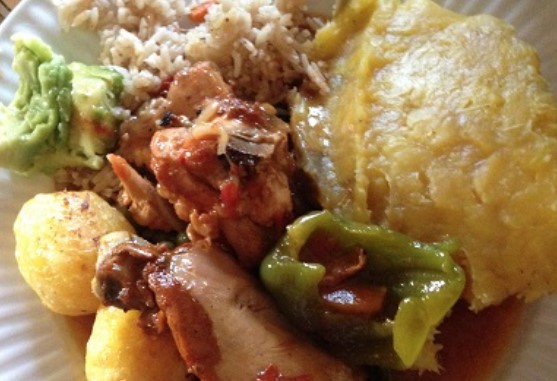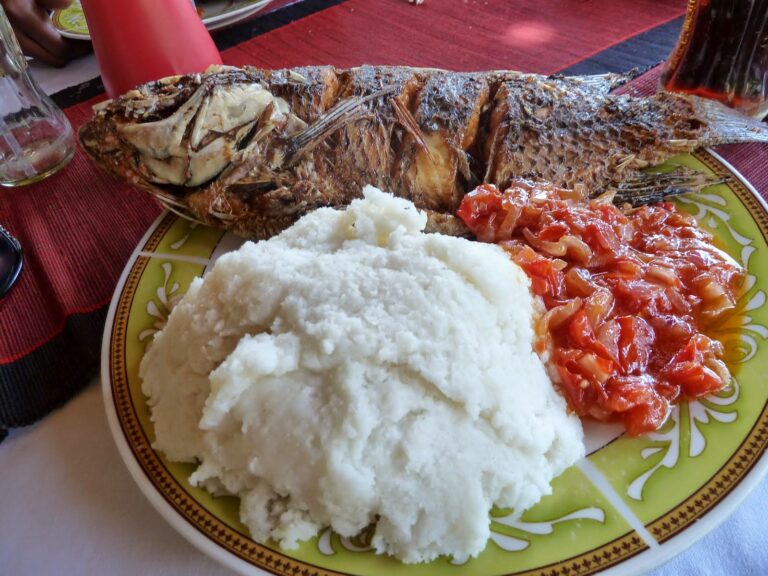Introduction: Traditional Tuvaluan dishes
Tuvalu, a small nation in the Pacific Ocean, has a rich culinary tradition that has been passed down through generations. The cuisine of Tuvalu is heavily influenced by the availability of ingredients on the islands, and the seafood, coconut, and breadfruit are the main components of Tuvaluan dishes. While some of the dishes are similar to other Pacific Island cuisines, Tuvaluan dishes have their own unique flavors and ingredients.
Pulaka: The staple food of Tuvalu
Pulaka is the staple food of Tuvalu, and it is a type of root vegetable that is grown in pits lined with coconut fronds. The pulaka is cooked underground in the pits for several hours until it becomes soft and starchy. After the pulaka is cooked, it is mashed into a paste-like consistency and served as a side dish with fish or other meats. Pulaka is also used to make a type of pudding called te fai, which is made by blending the mashed pulaka with coconut milk and sugar.
Ika Mata: A refreshing seafood salad
Ika Mata is a traditional Tuvaluan dish that is made with raw fish, lime juice, coconut cream, and vegetables. The fish is cut into small pieces and marinated in lime juice for a few hours to “cook” it. Then, it is mixed with coconut cream, diced tomatoes, onions, and cucumber. Ika Mata is a refreshing and light dish that is perfect for hot days on the islands. It is often served as an appetizer or a main dish with breadfruit or rice.
Luau: Taro leaves cooked in coconut cream
Luau is a dish made with taro leaves cooked in coconut cream. The taro leaves are boiled until they are tender, and then they are cooked with coconut cream and onions. The dish is usually served with fish or meat and is a staple at Tuvaluan celebrations and ceremonies. The flavor of the taro leaves is mild and creamy, and the coconut cream adds a rich, sweet flavor.
Fai Kai: Baked or grilled fish with coconut milk
Fai Kai is a dish made with baked or grilled fish that is cooked in coconut milk. The fish is seasoned with salt and pepper and then baked or grilled until it is golden brown. Then, it is simmered in coconut milk until the sauce thickens. Fai Kai is a savory and creamy dish that is often served with rice or breadfruit.
Kakea: Fried breadfruit with coconut cream dip
Kakea is a dish made with fried breadfruit served with a dip made of coconut cream and sugar. Breadfruit is a starchy fruit that is similar to a potato, and it is sliced and fried until it is crispy. Then, it is served with a sweet and creamy dip made of coconut cream and sugar. Kakea is a popular snack in Tuvalu and is often served at festivals and celebrations.

